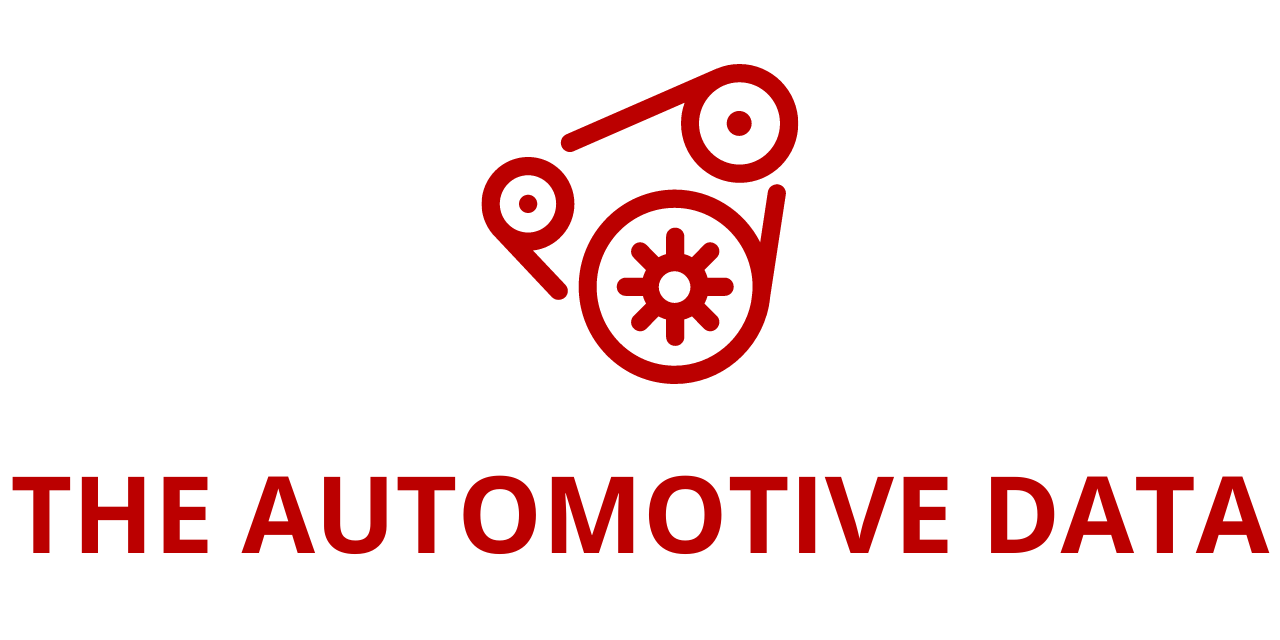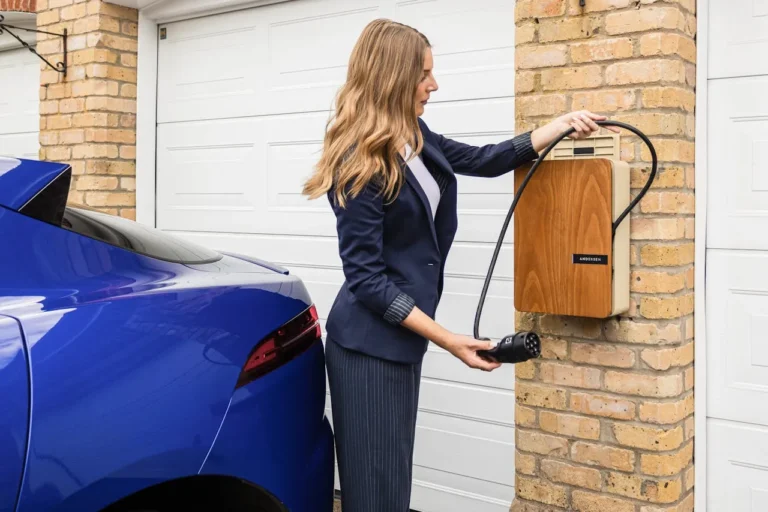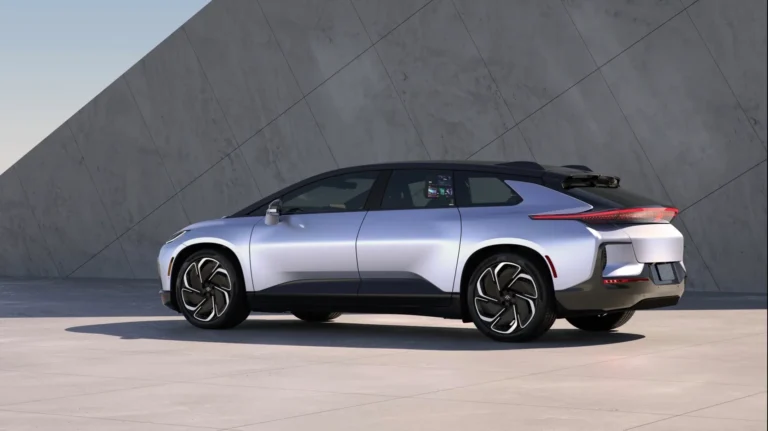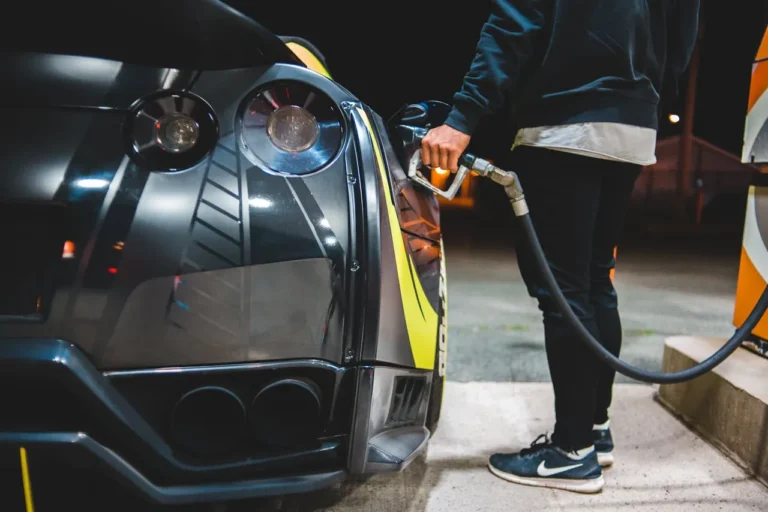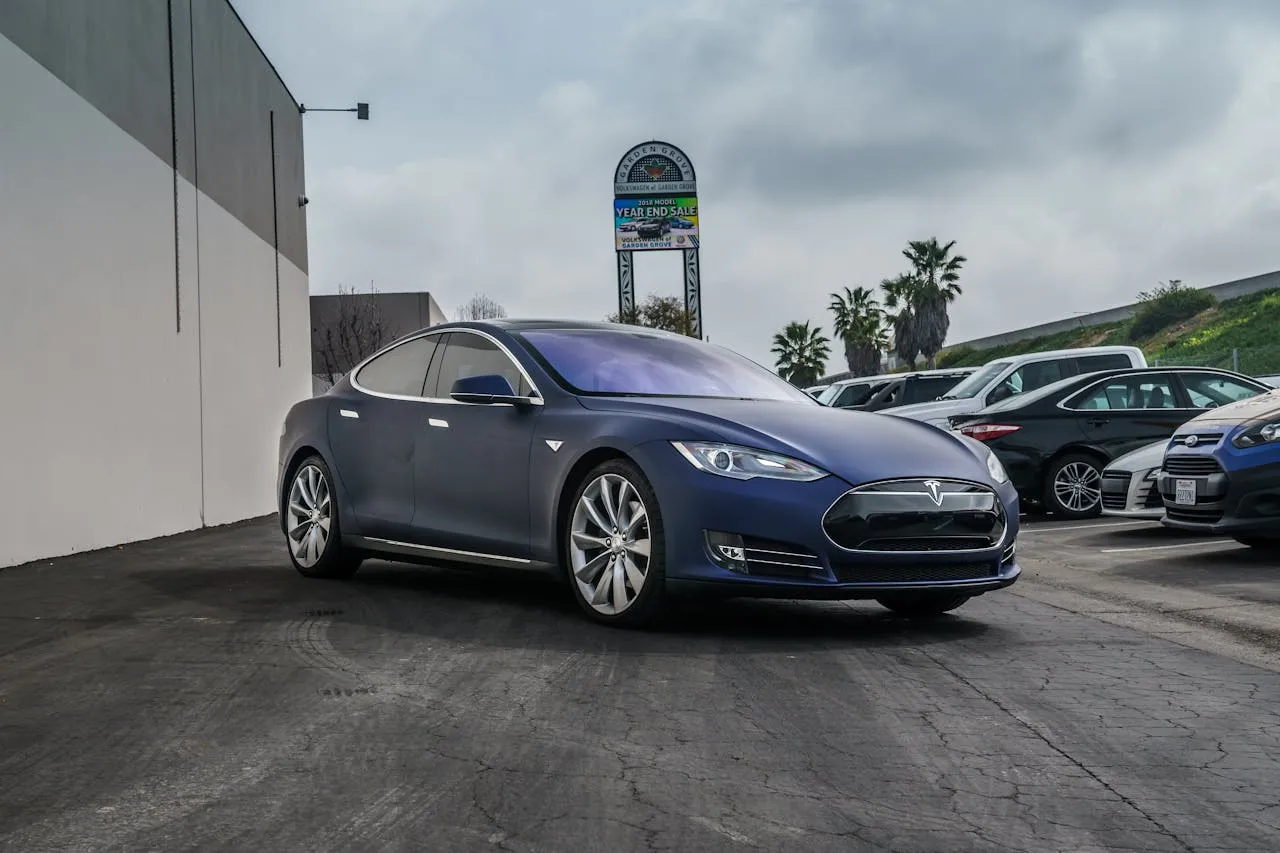
Carbon Neutrality in the Battery Electric Vehicle Industry: Strategies Across Policy, Technology, Recycling, Renewables, and Supply Chains
A new report titled “Carbon Neutrality Strategies – BEV Industry’ Carbon Footprint” from ResearchAndMarkets.com offers one of the most comprehensive examinations to date of how automakers, governments, and technology providers are approaching the challenge of decarbonizing battery electric vehicles (BEVs) across their entire life cycle.
While BEVs have rapidly emerged as a preferred solution for reducing tailpipe emissions in road transport, the report emphasizes a critical nuance: electric vehicles are not inherently carbon neutral. Significant emissions occur during the battery manufacturing, raw material extraction, active material production, and even charging phases, depending on the electricity mix of national grids.
To achieve true net-zero mobility, the report argues, the automotive industry must adopt life cycle emissions accounting — assessing climate impact not just at the point of use, but from mining to end-of-life (EOL) battery disposal or recycling.
Why Carbon Neutrality in BEVs Is More Complex Than It Seems
Governments worldwide — especially in the European Union and United States — have introduced aggressive regulations to phase out internal combustion engines. As a result, OEMs have embraced electrification as their primary decarbonization pathway. Yet electrification introduces its own climate and ethical trade-offs.
- Raw material extraction for lithium, cobalt, nickel, and manganese — largely concentrated in Africa, South America, and China — raises growing concerns over environmental damage and labor practices.
- Battery manufacturing is energy-intensive, especially in regions heavily reliant on coal-powered grids.
- Charging emissions vary wildly depending on whether electricity comes from renewables, nuclear, or fossil fuels.
- End-of-life battery management remains fragmented, with global disparities in recycling policies and capabilities.
The report concludes that OEMs and policymakers must shift from focusing solely on tailpipe emissions to whole-of-life decarbonization — creating transparent, trackable carbon footprints for every EV model.
Strategic Forces Reshaping BEV Sustainability
The research identifies three strategic imperatives currently driving BEV decarbonization efforts:
1. Transformative Megatrends
Regulatory pressures are forcing OEMs to prove that BEVs offer genuine carbon benefits, not just emission shifting. Consumers, investors, and legislators are increasingly demanding proof through verified life cycle assessments (LCAs). Automakers that provide transparent emissions reporting across manufacturing, charging, and end-of-life stages will earn competitive advantage.
2. Geopolitical Chaos and Supply Chain Reconfiguration
The COVID-19 pandemic and ongoing geopolitical tensions exposed a dangerous overreliance on single-country sources, particularly China, for critical battery materials and component processing.
In response:
- The EU is implementing stricter controls on raw material sourcing and requiring minimum recycled content in EV batteries.
- The United States is incentivizing domestic and allied supply chains through legislation such as the Inflation Reduction Act.
- Circularity — reclaiming and reusing valuable metals — is becoming a core strategy, reducing both emissions and supply volatility.
3. Industry Convergence Across the Value Chain
Decarbonizing BEVs is no longer an OEM-only task. The report stresses that entire ecosystems must collaborate, spanning:
- Mining and refining companies
- Battery material manufacturers
- Grid operators and renewable energy providers
- Charging infrastructure developers
- Recycling and repurposing firms
To enforce accountability, the analysts recommend implementing mandatory CO2 tracking plans, allowing stakeholders to optimize processes based on verified emissions data.
Life Cycle Emissions: From Extraction to Second Life
A major section of the report is dedicated to Life Cycle Assessment (LCA) of BEVs, breaking down environmental impact into key phases:
| Phase | Primary Emissions Drivers |
|---|---|
| Raw Material Extraction | Mining of lithium, cobalt, nickel, manganese |
| Active Material Production | High energy demand in refining and cell manufacturing |
| Vehicle Assembly | Industrial power source determines emissions intensity |
| Use Phase | Grid electricity mix affects charging footprint |
| Second-Life Use | Deployment in stationary storage or industrial backup |
| End-of-Life Recycling | Efficiency of recovery technologies and regulations |
Global disparities are also highlighted:
- Lithium reserves are highly concentrated in South America’s “Lithium Triangle” (Chile, Bolivia, Argentina).
- Cobalt mining is dominated by the Democratic Republic of Congo, raising ethical and labor concerns.
- Nickel and manganese supply chains remain China-dependent, especially in refining and precursor material processing.
The report includes a case study of the Volvo EX30, which illustrates how EV brands are increasingly publishing model-specific LCAs to prove the sustainability of their offerings.
Policy and Regional Readiness: EU Leads, Others Catch Up
Regulatory maturity varies across regions:
| Region | EV Battery Recycling Framework | Enforcement Strength |
|---|---|---|
| European Union | Mandatory recycled content and CO2 tracking | Strong |
| China | Comprehensive producer responsibility mandates | Strong |
| United Kingdom | Adapted from EU regulations | Moderate |
| United States | State-led initiatives, IRA incentives | Growing |
| Canada | Limited but expanding | Moderate |
| Japan & India | Early-stage development | Emerging |
The report suggests that EU and China currently set the global benchmark, compelling OEMs to coordinate globally aligned recycling and reuse strategies.
How OEMs Are Adapting: Decarbonization as Brand Strategy
Leading automakers are no longer treating sustainability as a compliance metric — they are using it as a brand differentiator. The report highlights detailed decarbonization roadmaps from major manufacturers, including:
- BMW Group – Circularity-focused design and localized battery production
- Mercedes-Benz – “We Move Green” platform with renewable-powered manufacturing
- Volkswagen Group – goTOzero strategy emphasizing hydrogen and recyclability
- Volvo Cars – Full net-zero ambition across Scope 1, 2, and 3 emissions
- Stellantis – Dare Forward 2030 vision targeting 100% BEV mix in EU sales
- Renault Group – Launch of the NEUTRAL recycling and reconditioning subsidiary
- GM & Ford – Zero-emissions pledges backed by battery joint ventures
- Hyundai & Toyota – Hydrogen fuel cell integration and hybrid circularity
However, the analysis warns that over-reliance on carbon offsets remains common, masking emissions rather than eliminating them.
Growth Opportunities: Where Investment Will Flow Next
The report identifies three high-potential opportunity zones for investors, suppliers, and policymakers:
- Designing for Circularity – Building EVs and batteries with disassembly, repair, and recycling in mind from the start.
- Second-Life Applications for Used Batteries – Deploying retired EV packs in stationary storage, microgrids, or industrial backup systems before recycling.
- Scaling Battery Recycling Infrastructure – Expanding hydrometallurgical recovery facilities, logistics networks, and closed-loop processes.
